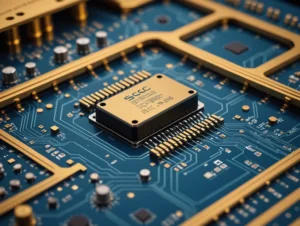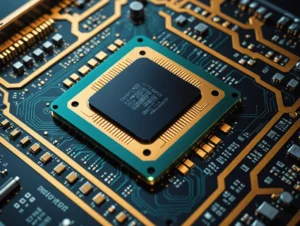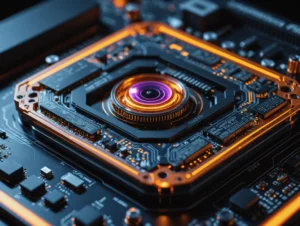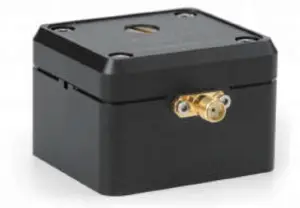In silicon photonics, Optoelectronic Models, active devices like modulators, detectors, and lasers require modeling that encompasses both optical and electro-optical behavior. This process, often referred to as Technology Computer Aided Design (TCAD), involves simulating both the optical properties and electronic aspects of the device.
Modeling Approach
For modulators and detectors:
- Modulators: The simulation begins with the electronic solution, which then influences the optical behavior (e.g., perturbing the optical field profile).
- Detectors: Conversely, the simulation starts with the optical field being propagated into the detector, calculating how the absorbed light generates a photo-current throughout the volume. This current is then used in further electronic simulations to determine the final output in terms of voltage or current.
TCAD Simulations
TCAD simulations use physics-based models to simulate the behavior of semiconductors under different conditions. The main equations involved include:
- Poisson’s equation to describe the electrostatic potential.
- Drift-Diffusion equations to model the movement of free charges (electrons and holes).
The simulations account for various physical phenomena, such as:
- Carrier recombination (Shockley–Read–Hall, Auger recombination, stimulated and spontaneous emission).
- Carrier transport across heterojunctions (e.g., between silicon and germanium).
- Electronic band structures, defects, traps, and other interface effects.
- Mobility, temperature dependence, and fabrication effects like doping and stress profiles.
Simulation Tools
Popular tools used for TCAD-based simulations include:
- Sentaurus Process and Device (from Synopsis)
- Silvaco TCAD tools such as Victory Process and Atlas
- Crosslight’s CSUPREM and PICS3D
- Lumerical DEVICE
These tools allow the self-consistent solution of the system’s equations and are crucial for accurate modeling of silicon photonic components. For semiconductor lasers, both optical and electro-optical behaviors are interconnected and must be solved simultaneously.
Modulator and Detector Design
The design of silicon photonic modulators, detectors, and lasers heavily relies on analytical models. For example, Lumerical DEVICE is employed for accurate pn-junction phase modulator and detector designs.
MATLAB is commonly used for simpler analytic models in photonic modulator design, offering insights into performance characteristics like bias current, time variance, and other dependencies.





